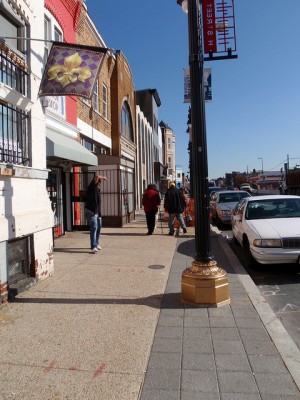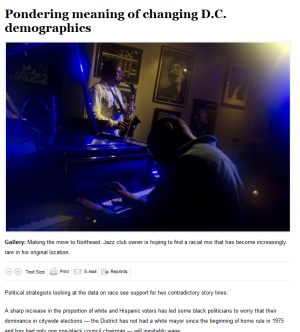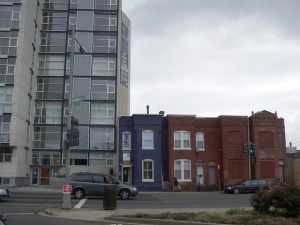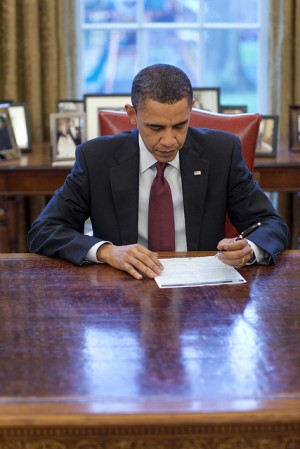On Friday, Elahe published a post about how fluid racial identity is for people who identify as Hispanic or Latino. Recently, the New York Times unintentionally reminded us of such fluidity when it profiled four local pundits who’ve “made it” despite their youth and facility with new media–all of them were male, “white” and friends with each other. The well-circulated piece, which starred Ezra Klein, Brian Beutler, Dave Weigel and Matt Yglesias touched a nerve:
But wait, there was more, as Elahe pointed out when she quoted Yglesias in her post:
When the New York Times recently did a piece on me, Ezra Klein, Brian Beutler, and Dave Weigel exactly zero people complained about the massive over-representation of people of Latin American ancestry that reflected. People saw it as a profile of four white dudes. Which is what it was. But my dad’s family is from Cuba, Ezra’s dad’s family is from Brazil, and Brian’s mom’s family is from Chile.
DCentric reader Keith posed an interesting question, in response to that clarification:
Isn’t there a difference between being a White-skinned Latino who identifies as Latino first and foremost and having a Latino and White parent and being White-skinned? I don’t know that any of these bloggers self-identify as Latino…
My initial reaction to Keith’s query: “not really”. Every day I am reminded that how I choose to identify myself is largely irrelevant to the people I encounter, because their perception of my appearance trumps–and thus influences–my reality. I may classify myself as a second-generation, South Asian American of Malayalee Christian descent, but that is almost never what others see.
Continue reading













